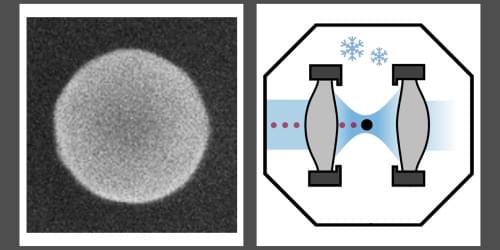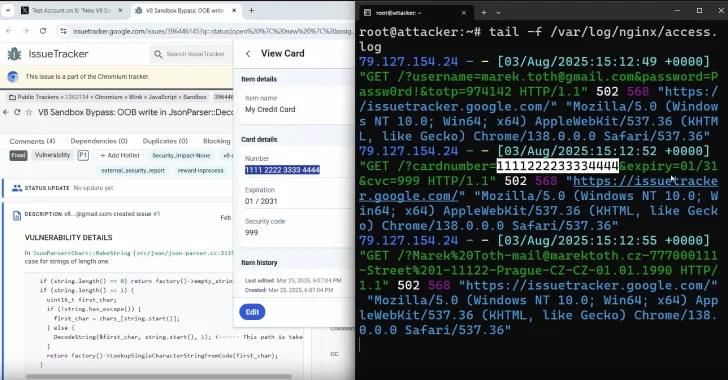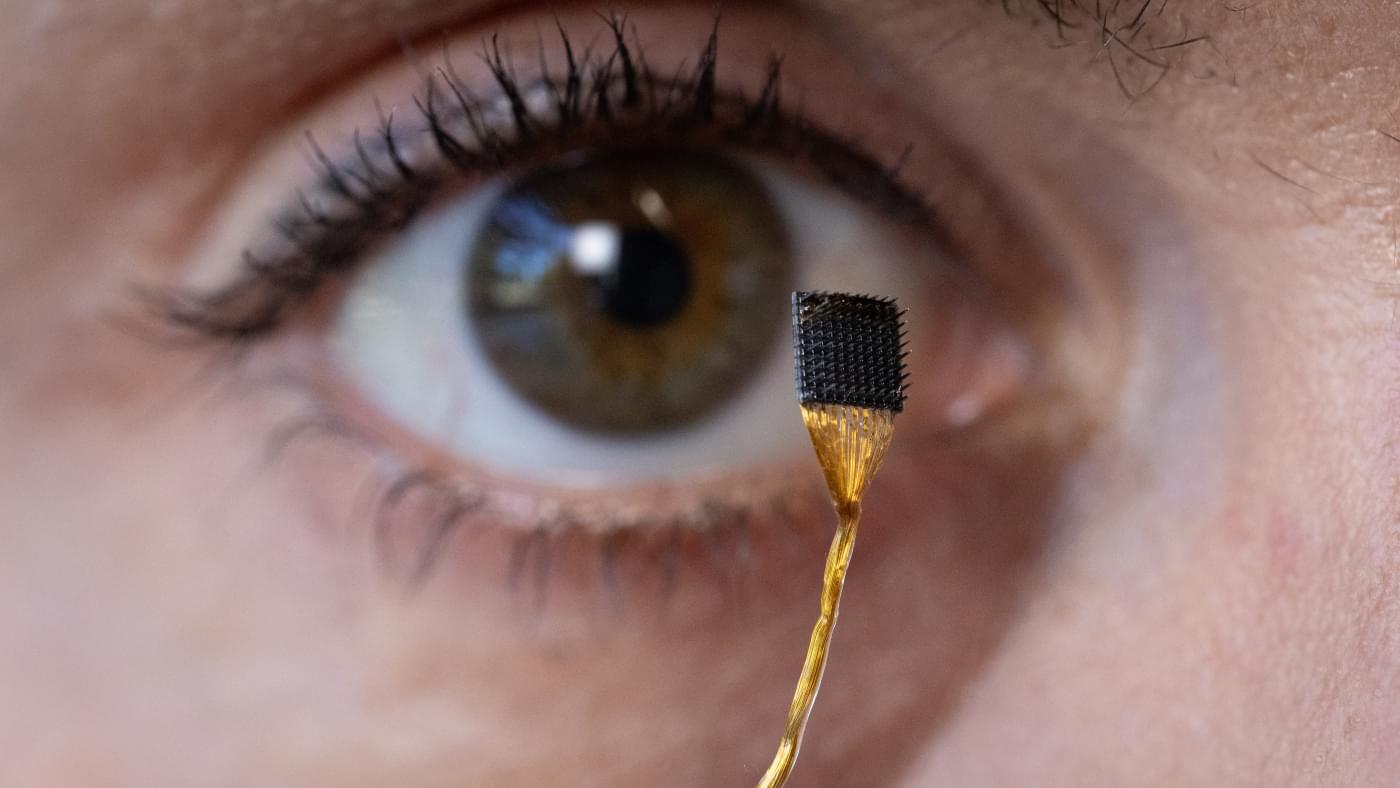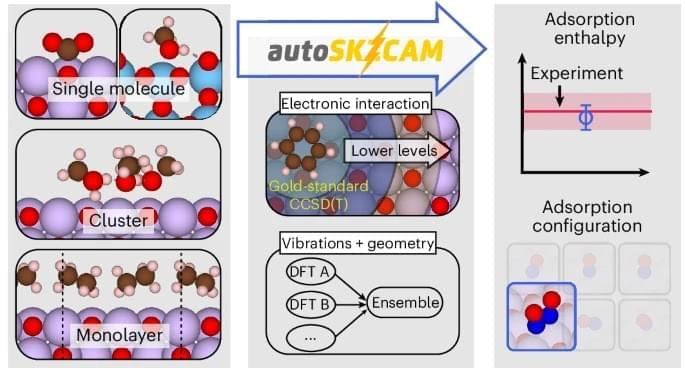Researchers have expanded the quantum wave function of a levitated nanosphere, a step toward future tests of quantum physics.



A 20-year-old member of the notorious cybercrime gang known as Scattered Spider has been sentenced to ten years in prison in the U.S. in connection with a series of major hacks and cryptocurrency thefts.
Noah Michael Urban pleaded guilty to charges related to wire fraud and aggravated identity theft back in April 2025. News of Urban’s sentencing was reported by Bloomberg and Jacksonville news outlet News4JAX.
In addition, 120 months in federal prison, Urban faces an additional three years of supervised release and has been ordered to pay $13 million in restitution to victims. In a statement shared with security journalist Brian Krebs, Urban called the sentence unjust.



PromptFix exploits Comet AI browser via fake CAPTCHA, auto-filling credit cards and enabling phishing scams.

“The attackers leveraged GitHub, typically known as a legitimate developer platform, as a covert command-and-control channel,” Trellix researchers Pham Duy Phuc and Alex Lanstein said.
The infection chains have been observed to rely on trusted cloud storage solutions like Dropbox and Daum Cloud, an online service from South Korean internet conglomerate Kakao Corporation, in order to deliver a variant of an open-source remote access trojan called Xeno RAT that grants the threat actors to take control of compromised systems.
The campaign is assessed to be the work of a North Korean hacking group called Kimsuky, which was recently linked to phishing attacks that employ GitHub as a stager for an Xeno RAT known as MoonPeak. Despite the infrastructure and tactical overlaps, there are indications that the phishing attacks match China-based operatives.



Understanding and predicting chemical reactions on surfaces lies at the heart of modern materials science. From heterogeneous catalysis to energy storage and greenhouse gas sequestration, surface chemistry defines the efficiency and viability of advanced technologies. Yet, computationally modeling these processes with both accuracy and efficiency has been a grand challenge.
A recent study published in Nature Chemistry introduces a breakthrough: the autoSKZCAM framework, an automated and open-source method that applies correlated wavefunction theory (cWFT) to surfaces of ionic materials at costs comparable to density functional theory (DFT). This achievement not only bridges the accuracy gap but also enables routine, large-scale studies of surface processes with chemical accuracy.